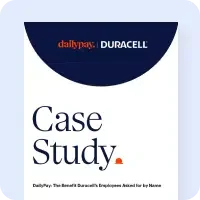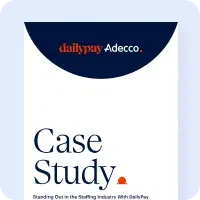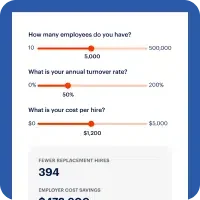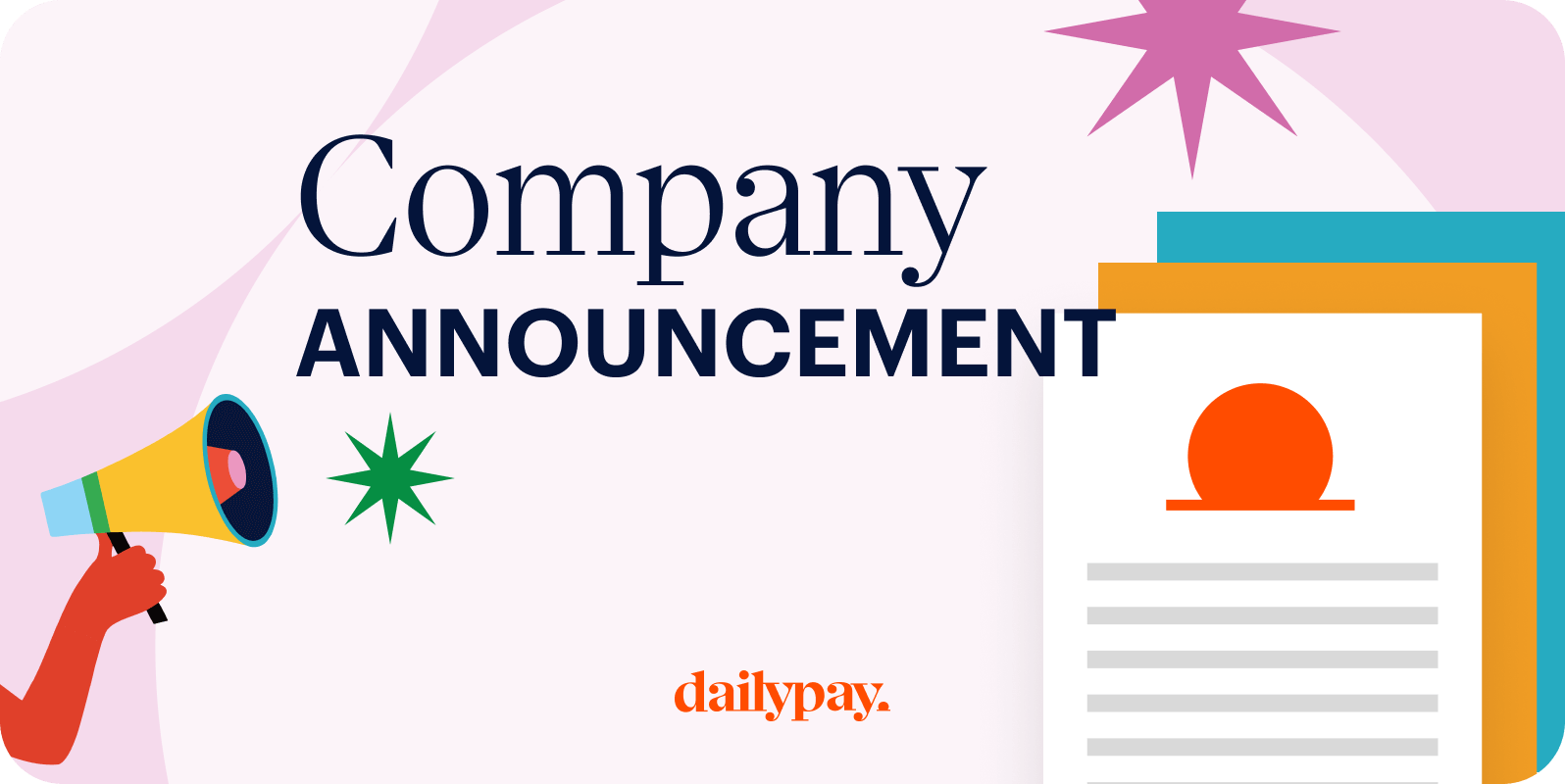While most of us learned to read in kindergarten, the concept of financial literacy is a skill that is not commonly addressed in any layer of education. According to recent research from Zippia, only 57% of American adults are financially literate. This means so many of us are not armed with the right financial information we need to live our best life – and importantly, stay out of debt.
Navigating the workforce without the right financial skills can be complex. Research conducted by Bank of America found that employees look for support from their employers. Seventy-six percent of employees and 96% of employers agree that employers are responsible for employee financial wellness. The same research finds that only two in five employers currently offer financial wellness programs. This presents an opportunity for employers to step up and help fill this much-needed gap. From free financial coaching to 401k programs, to earned wage access, employer-sponsored financial wellness benefits have never been more relevant.
To start, the need to understand the basics of personal finance is all the more critical during times of high inflation and housing costs. American households are currently carrying a record amount of credit card debt, according to the Federal Reserve Bank of New York. The research shows that total household debt grew by $212 billion, rising to $17.5 trillion in the fourth quarter of 2023.
With over 6 in 10 (62%) of Americans living paycheck to paycheck and about 4 in 10 (37%) lacking enough money to cover a $400 emergency expense, it’s never been more important to have a strong understanding of how we can make our money work best for us.
A great place to start understanding your finances is understanding your cash flow and spending power–particularly those who are hourly workers.
There are about 78 million workers who are 16 or older that receive an hourly wage according to the U.S. Bureau of Labor Statistics in fields ranging from healthcare to retail. However, most of them have to wait anywhere from a week to a month to get paid even though they have earned the money already. The unfortunate byproduct is that bills often don’t line up with the pay cycle. Census data shows that 4 in 10 (41%) Americans struggle to cover their expenses.
However, if they could see how much money they earned after each shift, and how much is available to them at that very moment, they could make more informed decisions with their pay. Earned wage access programs offer insight and access to earned pay in real-time.
Knowledge can be a powerful thing. With the transparency into exactly how much you have at your disposal at the end of every shift, you are better equipped to pay bills on time and avoid predatory financial products such as payday loans that can send someone into a never-ending cycle of debt. Once you understand your spending power, advice from financial experts can go a long way in putting that money to good use.
U.S. companies collectively lose $4.7 billion a week in productivity due to employees dealing with financial stress. However, having a trained professional to help with your burning financial questions, can certainly lessen this anxiety.
Financial advice/coaching should not be a perk of just those in the highest economic brackets. From retirement planning to credit card debt consolidation, to simply how to stay on a budget, employer-sponsored programs for hourly workers can provide an important step to financial wellness.
And once those employees understand their spending power and are armed with knowledge on how to live their best financial life, it’s time to think of the future.
A Bankrate study shows that 56% of American workers feel behind where they think they should be on their retirement savings, with 45% thinking it’s unlikely they’ll have enough to retire.
However, employer-sponsored retirement programs, especially for those hourly workers, can help support those long-term goals. The reality is that a larger percentage of workers don’t think they will ever be able to retire. A study from Axios/Ipsos revealed the sobering truth that 20 percent of workers answered that they don't think they will ever retire, with three-quarters attributing that because they don’t think they could afford it.
The time is now for employers to deploy resources the moment an employee clocks in on their first shift that will help them navigate the current choppy economic waters. Starting with the knowledge of net worth and the ability to pay bills on time, to free financial coaching and a robust retirement plan, employers can lead their employees on a road to a positive financial life and a brighter future.



















